What is the tolerance range of precision screws?
What is the tolerance range of precision screws?
Service Hotline
+86760-8787 8587We have more than ten years of experience in screw industry production, the main products are: manganese three-wave crest, practical connector square female nut, concave-convex gasket, concave-convex washer, special-shaped column anti-disassembly bolt, PCB board fixing column, carbon steel blue and white zinc hexagonal belt Intermediate nut, button hole aluminum big brim blind rivet, 201 cap nut, extra thick and thick nut, combination accessories, hexagonal plum blossom bakelite handle, flat head screw, turnbuckle bolt, headless hexagon socket head cap bolt, etc. Firmware, due to different product materials and specifications, the price is also different, please contact us if necessary.


Semi-round head plastic screws have high-quality characteristics such as insulation, non-magnetic, corrosion resistance, beautiful appearance, and never rust, and modified engineering plastics, its strength and impact resistance are comparable to those of metals. The plastic screws we often say are commonly known as nylon. After adding 30% glass fiber to the screw, its mechanical properties are far superior to ordinary nylon. The materials used for the dome head plastic screws are becoming more and more diverse, the performance is constantly improving, and the application fields are becoming wider and wider. 1. Medical equipment industry (insulation, non-magnetic, environmental protection, anti-interference, make medical equipment safer to use) 2. Wind power industry (isolation and insulation of chassis circuit PCB boards) 3. Aerospace industry (electronic equipment Insulation, anti-interference) 4. Office equipment industry (never rust, beautiful and practical) 5. Petrochemical industry (high temperature resistance, chemical resistance, corrosion resistance, prolong equipment life) 6. Electronics industry (insulation, anti-interference) , light weight) 7. Communication industry (insulation, non-magnetic, safety) 8. Ship industry (acid resistance, alkali resistance, corrosion resistance, extended service life), etc... .
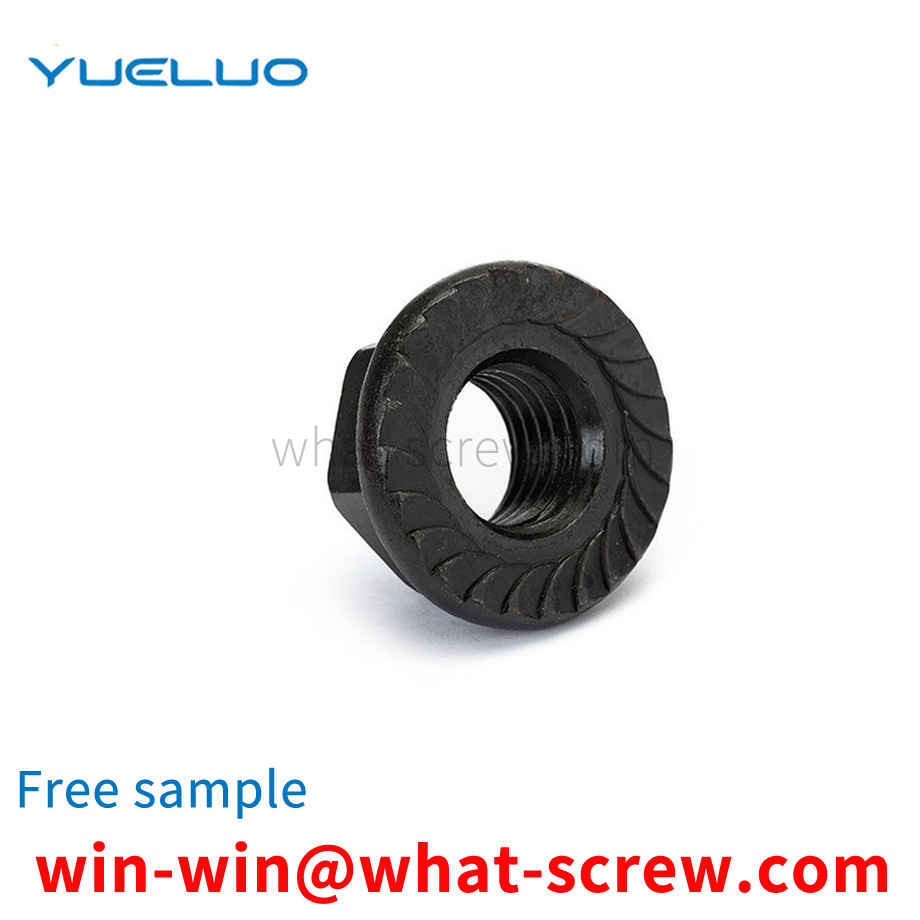
Specification Model Screw Specification Model Example: 4 X 10 PW AHC (+) ① ② ③ ④ ⑤ ⑥ ⑦ ① Screw Diameter ② Screw Length ③ Screw Head Type B: Spherical Cylindrical; C: Cylindrical; F (K): Countersunk ; H: Hexagon head; HW: Hexagon head with washer; O: Half countersunk head; P: Plain head; R: Half head; PW: Plain head with washer; T: Large flat head; V: Mushroom head;
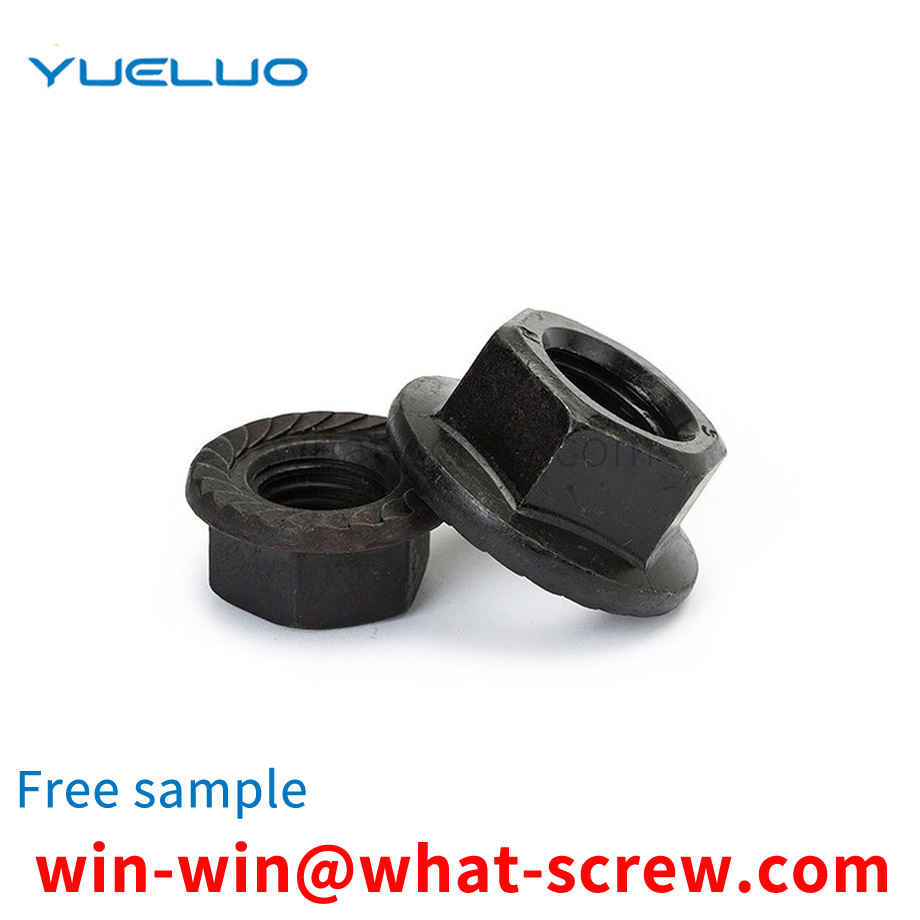
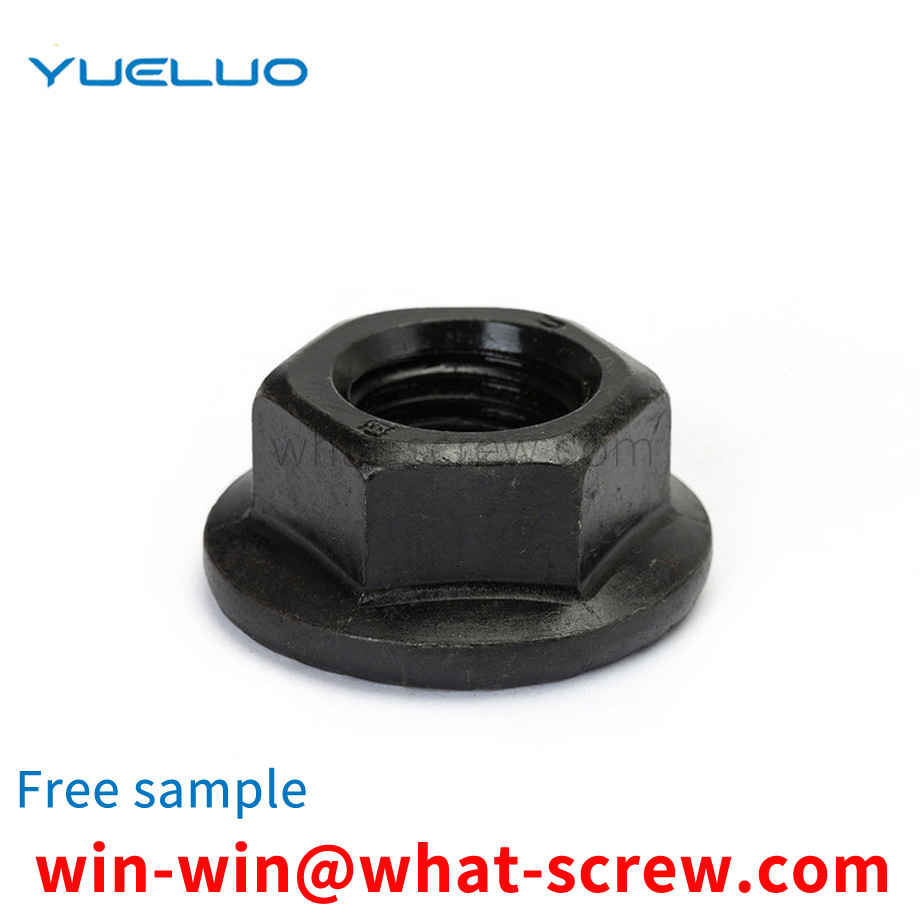
The fastener with a nut is composed of a polygonal nut and a bolt. The bolt includes an integral screw rod and a screw head. The fastening surfaces of the nut and the screw head are polygonal. There are external threads on the periphery of the screw, and the main point is that the axial three-dimensional shape of the nut and the screw head is an odd-numbered truncated cone, and the odd-numbered angle is an arc angle, and each arc angle corresponds to an elastic surface.
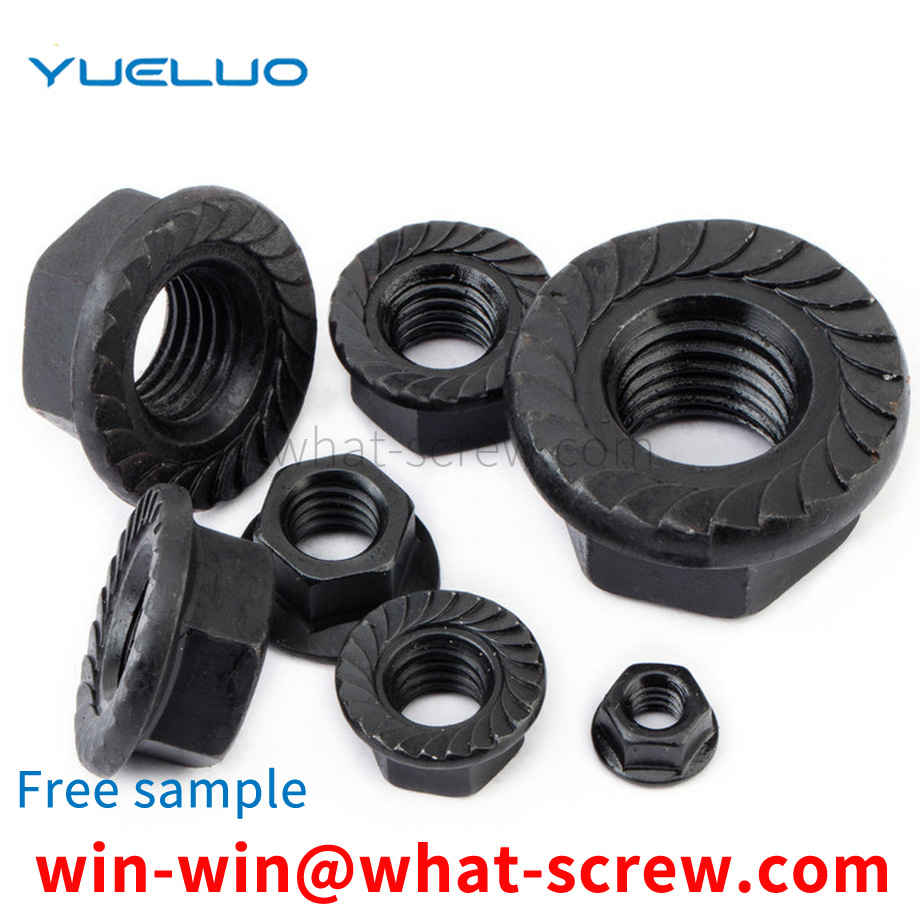
High-strength fasteners must be quenched and tempered according to technical requirements. The purpose of heat treatment and tempering is to improve the comprehensive mechanical properties of fasteners to meet the specified tensile strength value and yield ratio of the product. The heat treatment process has a crucial impact on high-strength fasteners, especially its intrinsic quality. Therefore, in order to produce high-quality high-strength fasteners, advanced heat treatment technology and equipment must be available. Due to the large production volume and low price of high-strength bolts, and the threaded part is a relatively fine and relatively precise structure, the heat treatment equipment is required to have large production capacity, high degree of automation, and good heat treatment quality. Since the 1990s, the continuous heat treatment production line with protective atmosphere has dominated, and the shock bottom type and mesh belt furnace are especially suitable for heat treatment and tempering of small and medium-sized fasteners. In addition to the good sealing performance of the furnace, the quenching and tempering line also has advanced computer control of atmosphere, temperature and process parameters, equipment failure alarm and display functions. High-strength fasteners are automatically controlled and operated from feeding-cleaning-heating-quenching-cleaning-tempering-coloring to offline, which effectively ensures the quality of heat treatment. The decarburization of the thread will cause the fastener to trip before the resistance required by the mechanical properties is reached, which will cause the failure of the threaded fastener and shorten the service life. Due to the decarburization of the raw material, if the annealing is improper, the decarburized layer of the raw material will be deepened. In the process of quenching and tempering heat treatment, some oxidizing gas is generally brought in from outside the furnace. The rust of the bar wire or the residue on the surface of the wire rod after cold drawing will also decompose after being heated in the furnace, and some oxidizing gases will be generated by the reaction. For example, the surface rust of steel wire, which is composed of iron carbonate and hydroxide, will be decomposed into CO₂ and H₂O after heating, thus aggravating decarburization. Studies have shown that the degree of decarburization of medium carbon alloy steel is more serious than that of carbon steel, and the fastest decarburization temperature is between 700 and 800 degrees Celsius. Because the attachments on the surface of the steel wire decompose and synthesize carbon dioxide and water very quickly under certain conditions, if the furnace gas of the continuous mesh belt furnace is not properly controlled, it will also cause excessive decarburization of the screw. When the high-strength bolt is formed by cold heading, the raw material and the annealed decarburized layer not only still exist, but also are extruded to the top of the thread. For the surface of the fastener that needs to be quenched, the required hardness cannot be obtained. Its mechanical properties (especially strength and wear resistance) decreased. In addition, the surface of the steel wire is decarburized, and the surface layer and the internal structure have different expansion coefficients, and surface cracks may occur during quenching. For this reason, during quenching and heating, the top of the thread should be protected from decarburization, and the fasteners whose raw materials have been decarburized should be properly carbonized, and the advantages of the protective atmosphere in the mesh belt furnace should be adjusted to the original carbon-coated parts. The carbon content is basically the same, so that the decarburized fasteners are slowly restored to the original carbon content. The carbon potential is preferably set at 0.42% - 0.48%. The carbon coating temperature is the same as the quenching heating, and cannot be carried out at high temperatures , so as to avoid coarse grains and affect mechanical properties. The quality problems that may occur in the process of quenching and tempering of fasteners mainly include: insufficient hardness in the quenched state; uneven hardness in the quenched state; excessive quenching deformation; quenching cracking. Such problems in the field are often related to raw materials, quenching heating and quenching cooling. Correctly formulating the heat treatment process and standardizing the production operation process can often avoid such quality accidents.
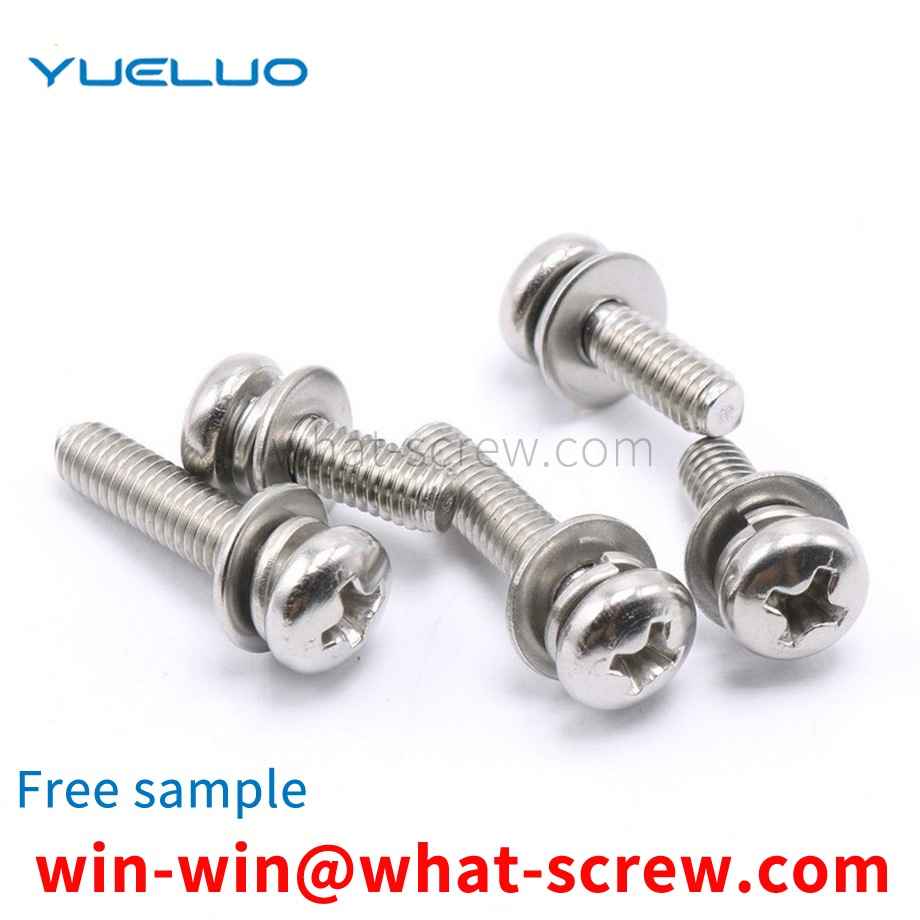
The above content is uploaded by Yueluo or the Internet. If there is any copyright issue, please contact [email protected].

What is the tolerance range of precision screws?

How to choose the right stainless steel screw manufacturer?

Why is there an R angle under the head of the hexagon head s...

We have more than ten years of experience in screw industry ...
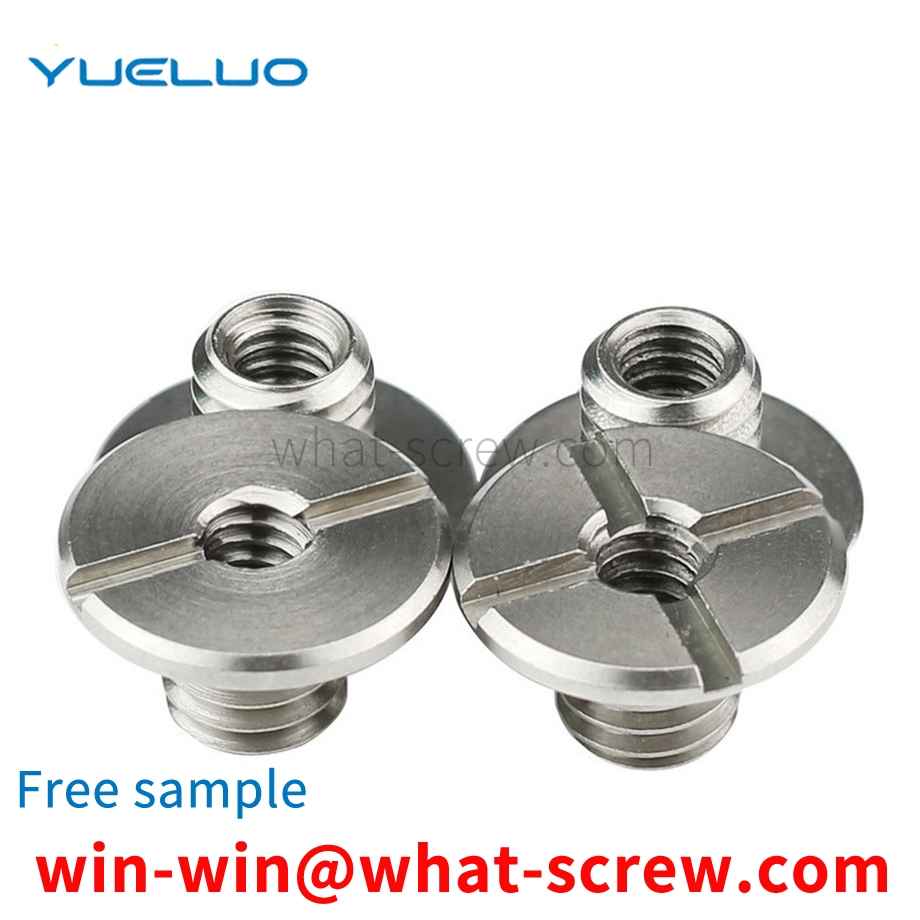
We have more than ten years of experience in screw industry ...
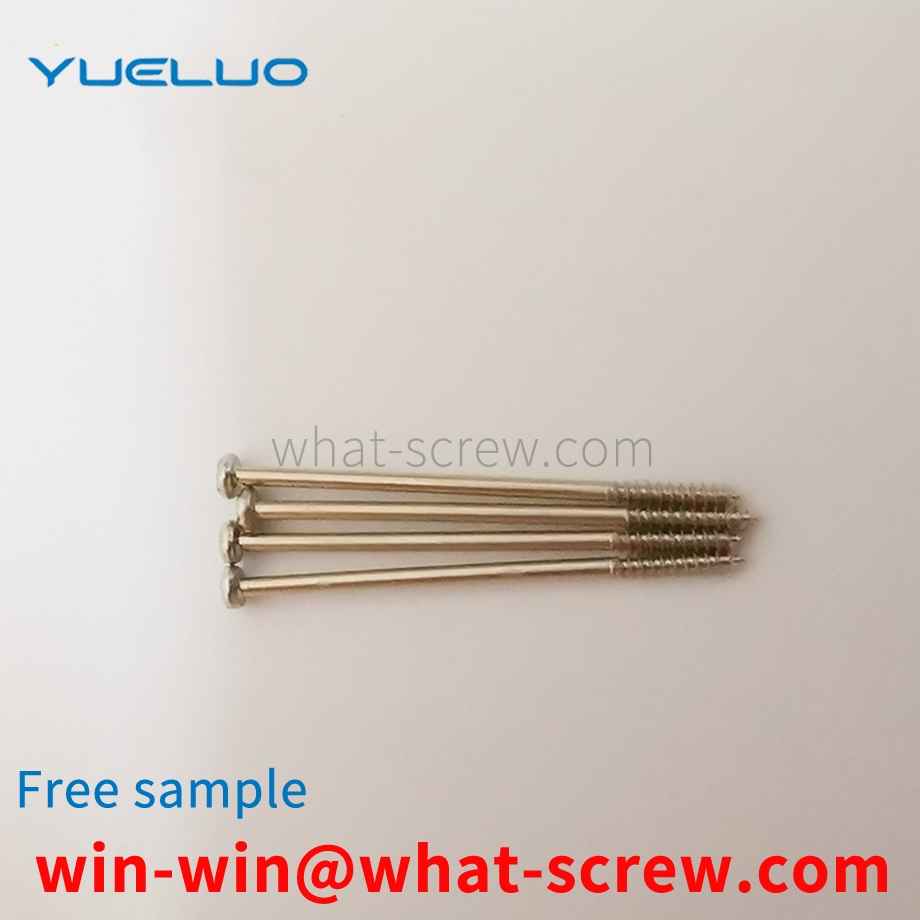
We have more than ten years of experience in screw industry ...
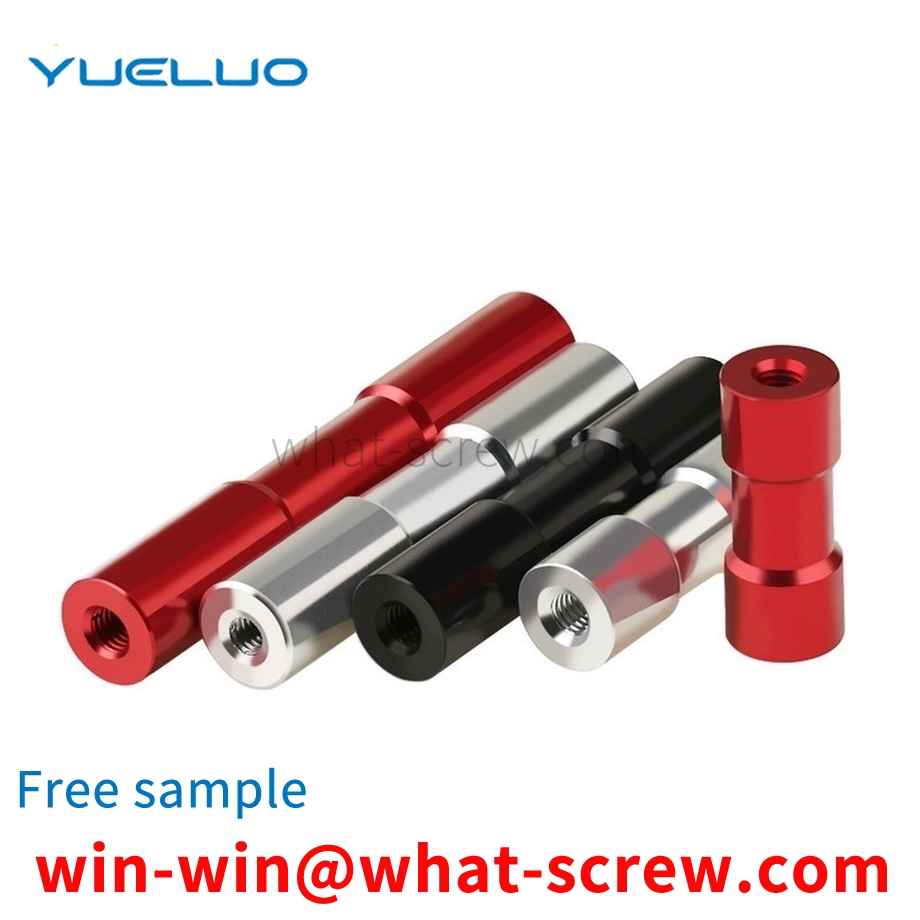
We have more than ten years of production experience in the ...